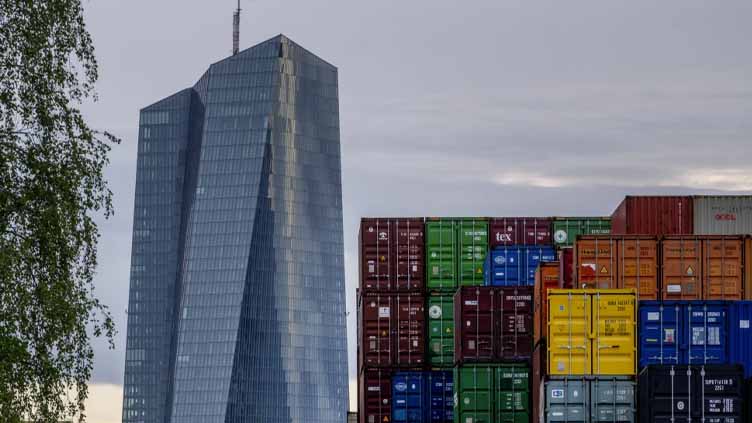Inflation fell to 2.2% in Europe, clearing the way for a European Central Bank rate cut in September

Business
Central banks sharply raised interest rates to counter an outburst of inflation
FRANKFURT, Germany (AP) — Inflation in the 20 European Union countries that use the euro fell sharply to 2.2% in August, opening the door for the European Central Bank to cut interest rates as the ECB and the U.S. Federal Reserve prepare to lower borrowing costs to support growth and jobs.
The August figure was down from 2.6% in July, according to figures Friday from European Union statistics agency Eurostat. Energy prices fell in August by 3%, helping lower the overall figure, while inflation fell to 2% in Germany, the eurozone’s largest economy.
The monthly figure is now close to the ECB’s target of 2%, the level considered best for the economy. The central bank is charged with maintaining stable prices under the treaty that set up the European Union. Not all of the EU’s 27 countries use the euro.
Economists expect the ECB to cut its key rate by a quarter point from 3.75% at its Sept. 12 meeting, while the Fed is expected to cut rates from a 23-year high of 5.25%-5.5% at its Sept. 17-18 policy meeting.
The lower German inflation figure “tilts the balance toward a September rate cut,” said Carsten Brzeski, global chief of macro at ING bank. “Fading inflationary pressure combined with fading growth momentum offer an almost perfect macro backdrop for another rate cut.”
Economists caution that the path downward to 2% may yet be a bumpy one. The ECB has said it expects inflation to fluctuate going forward but to fall to its target by the end of next year.
Central banks sharply raised interest rates to counter an outburst of inflation caused by a spike in energy prices following Russia’s invasion of Ukraine, and by clogged supply chains for parts and raw materials as the global economy bounced back from the COVID-19 pandemic.
Higher rates can quell inflation by making it more expensive to borrow and buy things, reducing demand for goods and thus taking pressure off prices. Europe’s inflation has now fallen a long way from the 10.6% it reached in October 2022.
Lane kept the ECB’s options for September open however by saying that a return to the 2% target “is not yet secure.” ECB head Christine Lagarde has said the bank will decide rates meeting by meeting based on incoming data about the economy at the time.
The ECB made a first rate cut in June, then hit pause in July and has since been waiting for confirmation that the coast is clear to make more cuts.



